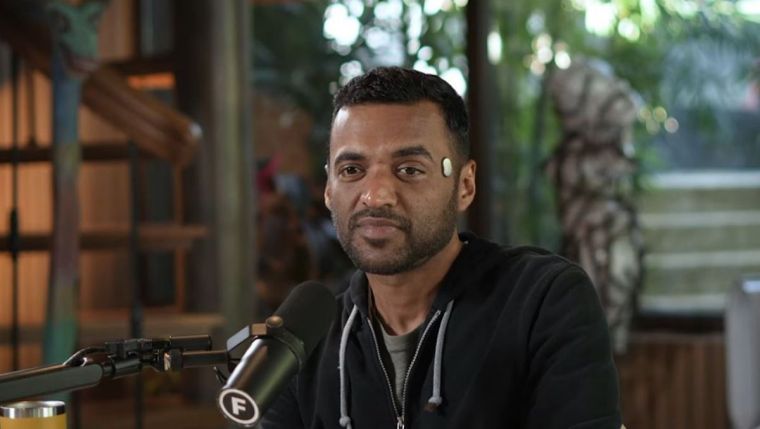
Author
From India to Bangladesh and Myanmar to Thailand, the relentless heat has disrupted daily life, claimed lives, and exacerbated existing socio-economic challenges.
Indian actor Shah Rukh Khan’s recent hospitalisation due to heat stroke has brought much deserved attention to the severity of the heatwaves sweeping across India and the broader South Asian region. While Khan joked that he got the stroke as he was ‘hot’, soaring temperatures in the country are a matter of great concern.
Individuals are increasingly at risk of heat-related illnesses, and even death, emphasising the urgent need for awareness and precautionary measures. Particularly in regions where temperatures have been soaring above 45 degrees Celsius.
This year, the arrival of summer has brought with it unprecedented heatwaves. From India to Bangladesh and Myanmar to Thailand, the relentless heat has disrupted daily life, claimed lives, and exacerbated existing socio-economic challenges.
The severity of the heatwave is evident in the number of deaths attributed to heatstroke and related complications, as well as its impact on agriculture, public health, and infrastructure. With temperatures nearing 50 degrees in some regions, vulnerable populations, including the elderly, children, and outdoor workers, are particularly susceptible to heat-related illnesses. The situation is further compounded by factors such as inadequate access to cooling facilities, and limited awareness about heat-related risks.
Incidentally, the heatwave comes on the heels of unusual weather patterns, including warmer-than-usual winters in traditionally cold regions like Kashmir in India. Gulmarg, one of Kashmir’s most picturesque spots, went snowless during January and February, otherwise the harshest period of winter in the Valley. This temporarily reduced the inflow of tourists to the region.
The juxtaposition of these extremes reflects the volatility of climate change, which scientists warn will only aggravate the frequency and intensity of extreme weather events. There’s now a growing recognition of the need for long-term strategies to mitigate the impact of heatwaves, including urban planning initiatives, improved access to cooling technologies, and efforts to address the root causes of climate change through emissions reduction and adaptation measures.
The Indian superstar’s experience serves as a poignant reminder that no one is immune to the effects of extreme heat, regardless of status or stature. South Asian countries, particularly India, Pakistan, and Bangladesh, along with others in the region, need to take action and work towards a global solution to the crisis.
The world needs to stop merely talking and start taking real action. The Paris Agreement’s goal of limiting the temperature rise to 1.5 degrees Celsius now seems far from enough. We need to set more aggressive targets for reducing emissions, invest in renewable energy, and make a global commitment to protecting vulnerable areas, like the Himalayas. This needs to happen at the earliest because time is running out.
Read More : Fact-check: Heat stroke can be fatal










